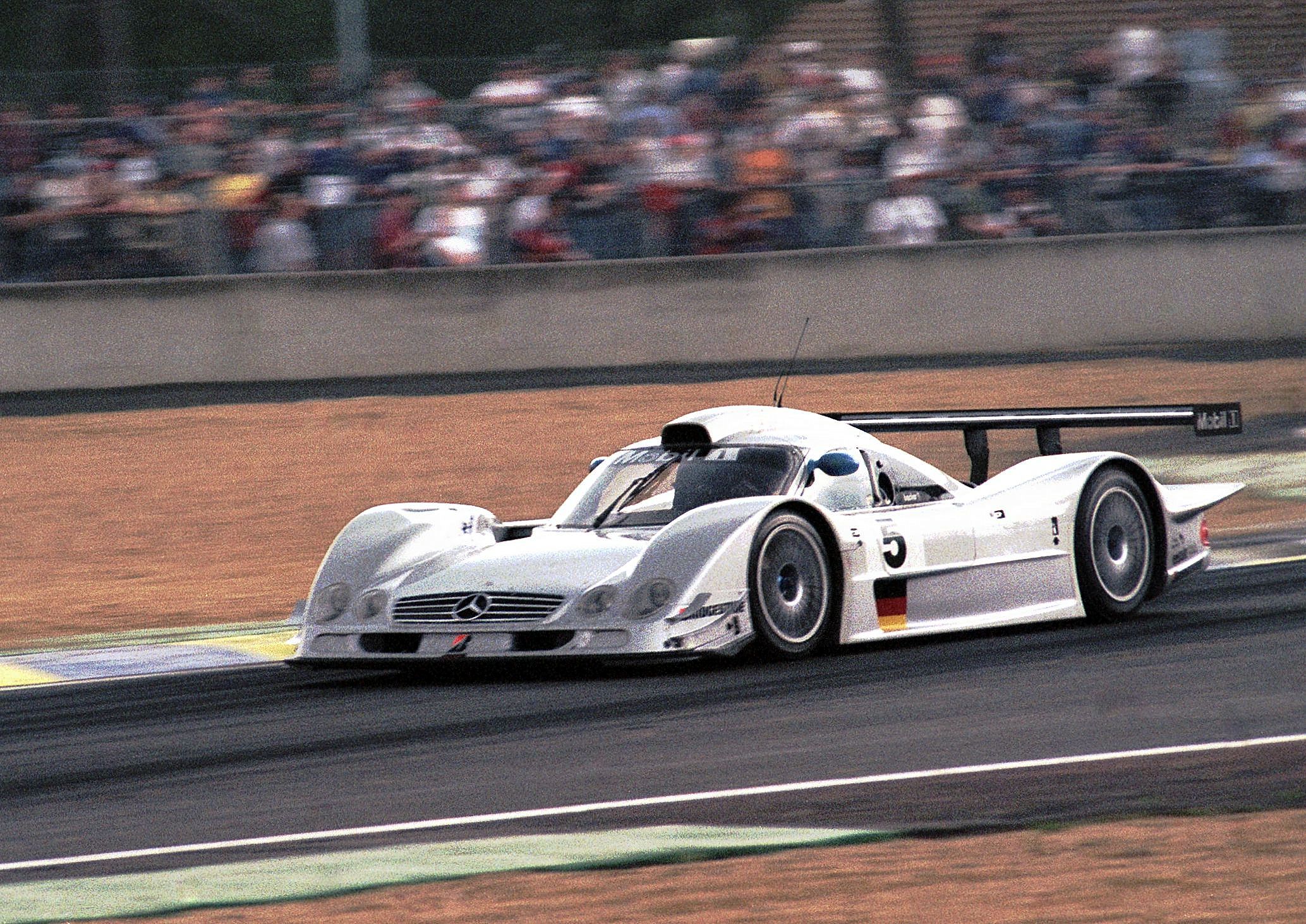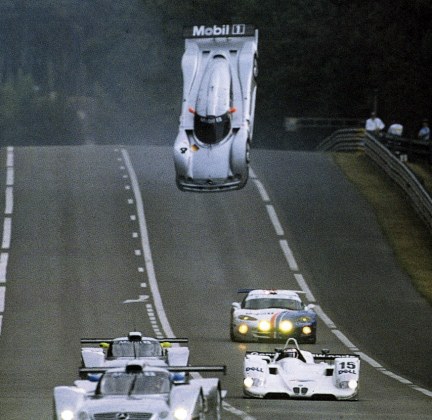- 19 Nov 2024 @ 16:21 CET
- 15 Sep 2023

Mercedes-Benz 300 CLR
The Mercedes-Benz CLR was a prototype race car developed by Mercedes-Benz in collaboration with in-house tuning division AMG and motorsports specialists HWA GmbH. Designed to meet Le Mans Grand Touring Prototype (LMGTP) regulations, the CLRs were intended to compete in sports car events during 1999, most notably at the 24 Hours of Le Mans which Mercedes had last won in 1989. It was the third iteration in Mercedes' 1990s sports cars, succeeding the Mercedes-Benz CLK LM, which in turn was born of the CLK GTR. Similar to its predecessors, CLR retained elements of Mercedes-Benz production cars, including a V8 engine loosely based on the Mercedes M119 as well as a front fascia, headlamps, and grille inspired by the then new Mercedes flagship CL Class.

Car Specs

Designer:- Gerhard Ungar
Chassis:- Carbon fibre and aluminium honeycomb monocoque
Length:- 4,893 mm (192.6 in)
Width:- 1,999 mm (78.7 in)
Height:- 1,012 mm (39.8 in)
Engine:- Mercedes-Benz GT108C 5,721 cc (349.1 cu in) V8, naturally-aspirated, mid-mounted
Transmission:- Xtrac 6-speed sequential manual
Weight:- Appr. 900 kg or 2,000 lb

The 1992 Lee Mans Crash

The cars suffered aerodynamic instabilities along the circuits long high-speed straight sections. The car of Australian Mark Webber became airborne and crashed in qualifying, requiring it to be rebuilt. Webber and the repaired CLR returned to the track in a final practice session on the morning of the race, but during its first lap around the circuit, the car once again became airborne and landed on its roof. Mercedes withdrew the damaged CLR but chose to continue in the race despite the accidents. The remaining cars were hastily altered and the drivers were given instructions to avoid closely following other cars.

- today @ 09:14 CET
- today @ 09:14 CET
| Do you want to take part in forum discussions? Join us!, or Login. |


 quote
quote


